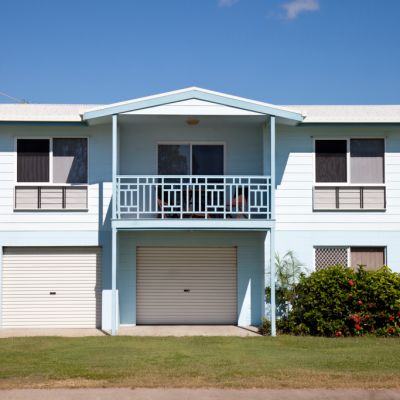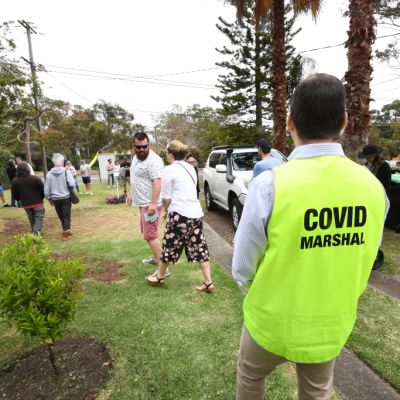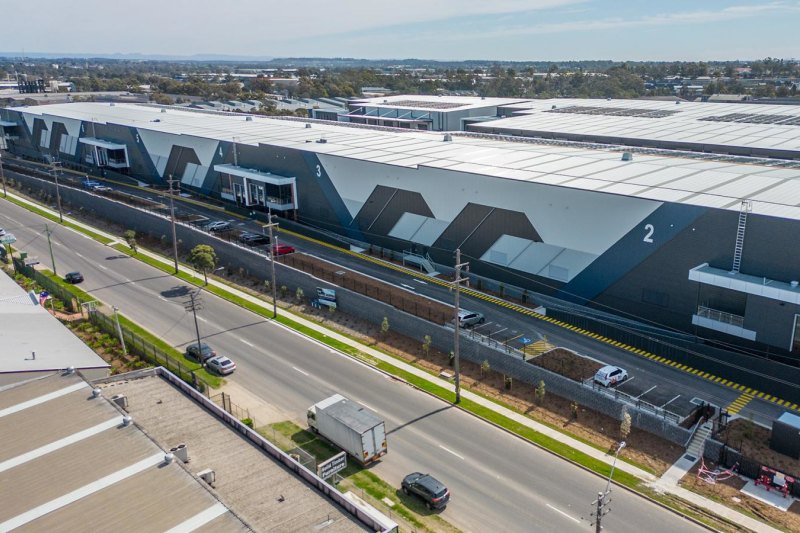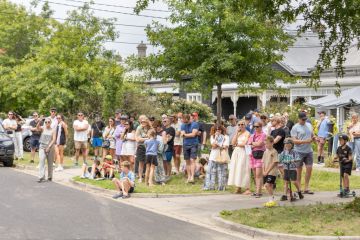Take up of First Home Loan Deposit Scheme slower for new homes than established properties
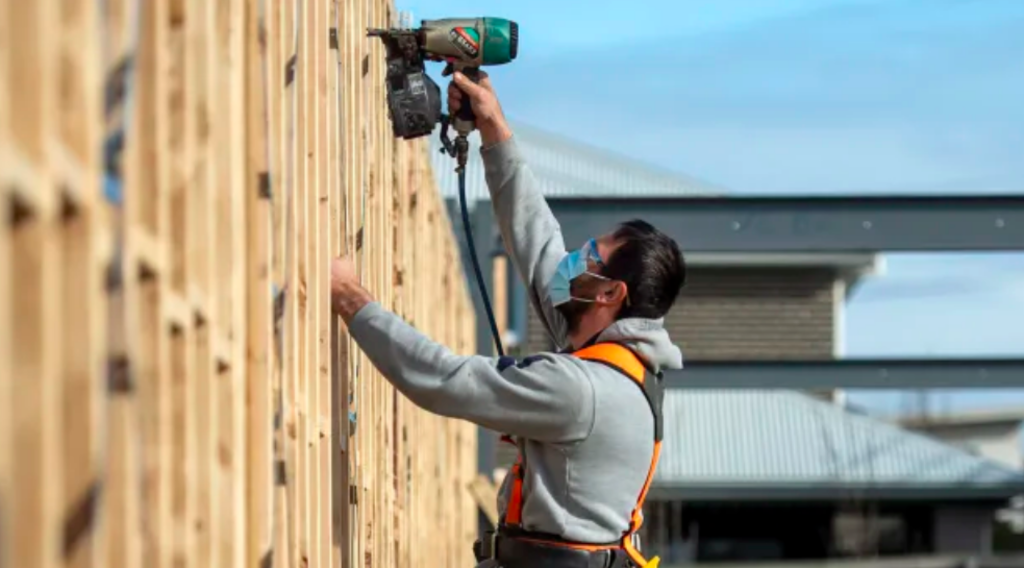
First-home buyers have been slower to take up a government offer to buy new homes with a deposit as low as 5 per cent, compared with the previous rush to buy established homes through the program, new figures show.
Industry experts said the high price of land in major capital cities, as well as the longer turnaround time of building a new home, could be limiting take up of the federal government’s First Home Loan Deposit Scheme (New Homes).
The scheme enables eligible first-home buyers to buy a new home with a deposit as low as 5 per cent and without incurring mortgage insurance.
Figures provided by the government show that on November 23, three weeks after applications for the FHLDS (New Homes) opened, only 1391 places for the scheme had been put on hold and 99 certificates had been issued.
Announced as part of the federal budget in October, the scheme has places for 10,000 eligible first-home buyers wanting to build a new home or buy a newly-built home, including off-the-plan apartments.
When the government introduced the First Home Loan Deposit Scheme for an initial 10,000 first home buyers seeking existing and new homes in January this year, it was quickly snapped up, with 3000 eligible first-home buyers reserving spots in the first 10 days.
It was fully taken up by the end of May and a further 10,000 places were made available on July 1. As of November 23, just 192 places remained available, with 6649 certificates issued and a further 3159 places on hold.
The value of eligible new homes was capped slightly higher under the new scheme, up to $950,000 in Sydney, up to $850,000 in Melbourne, up to $550,000 in Perth, Adelaide, Darwin and Hobart, $650,000 in Brisbane and $600,000 in Canberra. Values are capped even lower in regional areas as the program is designed to help buyers purchase a modest home.
However, mortgage brokers and real estate agents have reported the latest scheme, which is means tested and only eligible to singles earning less than $125,000 and couples earning less than $200,000, is prohibitive for many city-based first-home buyers.
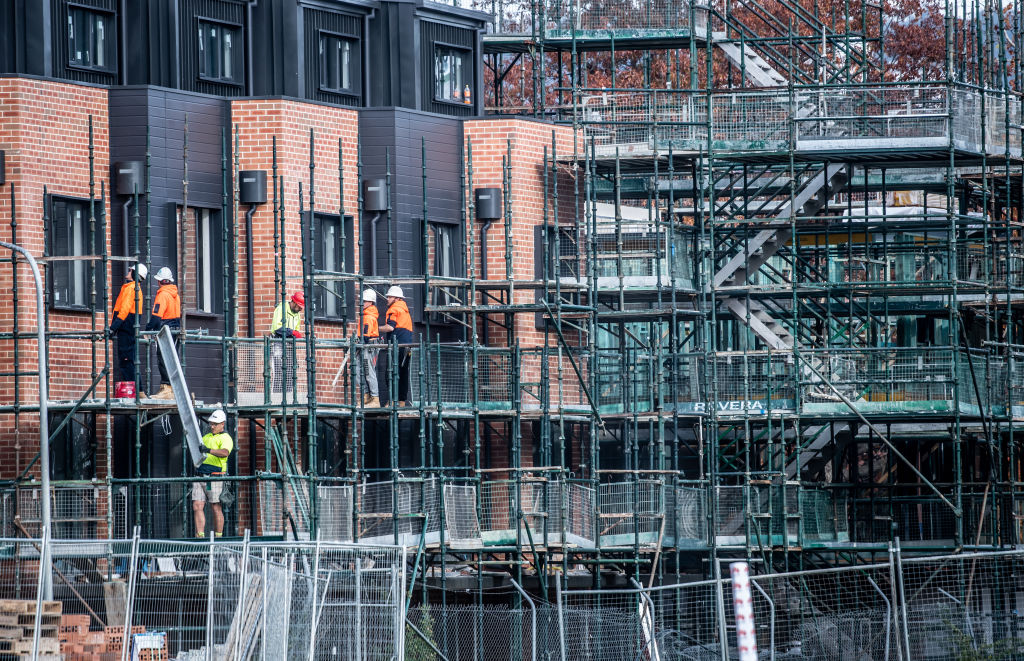
Stephen Zamykal, owner partner at Mortgage Choice Melbourne, said although it was “still pretty early to get a really good gauge” of the amount of interest in the expanded scheme, he believes first-home buyers in capital cities, such as Melbourne and Sydney, would find it difficult to find new homes that meet the eligibility criteria.
“It’s actually really hard to find land that you can buy at a reasonable price close to Melbourne. And, then you have to be able to still afford to build on it, so I think that prices a lot of people out of that option for those wanting to live in the capital cities,” he said.
Keegan Rezek, a senior mortgage broker with The Lending Alliance in Sydney, said he had only a handful of clients considering taking up the extended new homes scheme, compared to the “crazy rush” for the initial scheme.
“I think there’s a couple of reasons why the uptake isn’t there and that’s because people are gong to be limited in terms of what areas they can afford to build in. Realistically, given the dollar constraints people are going to be looking at only certain corridors with certain states,” he said.
“For example, if you’re in NSW, then you’re probably going to be limited to the north-west and south-west corridors. You’re probably not going to be able to build in the inner city. So, it does limit people.
“Also, building a new home is a much bigger decision-making process than going out and buying an existing home, because there is a much longer turnaround time involved and it can be far more daunting for a lot of people.”
James Farrugia, of LJ Hooker Craigieburn, said finding land to build on in some capital cities was not only expensive, it was also in short supply and could be adding to the slow take-up of the new scheme.
“Out here in Craigieburn, for example, there isn’t a lot of titled land available. Developers still have a little bit of land but a lot of it isn’t ready yet,’ he said.
“Also, land prices in the cities are really high. I think sometimes when you do the sums, by the time you buy the block and build on it, it’s cheaper for some people to buy an established home and there are plenty of them around.”
Andy Kerr, an executive, home ownership at NAB, a participating lender in the scheme, said he was not surprised uptake in the new scheme was slightly slower than previous ones.
“Given the expansion is for new homes only, we expected a slower take-up rate overall. However, as with the initial scheme, we’ve seen very strong interest from our customers and demand has been consistent since its launch,” he told Domain.
“We are seeing more Australians enter the housing market as a result of the expansion, while it is also supporting Australia’s critical construction sector,” he said.
Minister for Housing and Assistant Treasurer Michael Sukkar said the expanded scheme, which will be available until 30 June 2021, “will drive further housing construction and support tradies jobs as part of our Economic Recovery Plan”.
“The scheme has been vital in driving first home buyer confidence during the COVID-19 pandemic. In September, first home buyers accounted for 40 per cent of the total number of owner occupier loans issued, the highest level in a decade,” he said.
The extension of the First Home Loan Deposit Scheme (New Homes), combined with the First Home Owners Grant, HomeBuilder, low interest rates, and in Victoria, recent cuts to stamp duty, has made the housing market attractive for first home buyers.
ABS figures released on Thursday showed the number of loans to first-home buyers was up 3.4 per cent in the month to October to its highest level since the GFC.
Total first-home buyer lending commitments reached 13,481, more than 30 per cent higher than in any pre-COVID month since 2009, when the first home owner grant was temporarily tripled as part of the government’s economic stimulus package in response to the global financial crisis.
The federal government recently announced it would extend the HomeBuilder program for another three months, raising the price caps but decreasing the value of grants.
We recommend
We thought you might like
States
Capital Cities
Capital Cities - Rentals
Popular Areas
Allhomes
More
